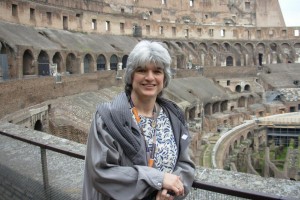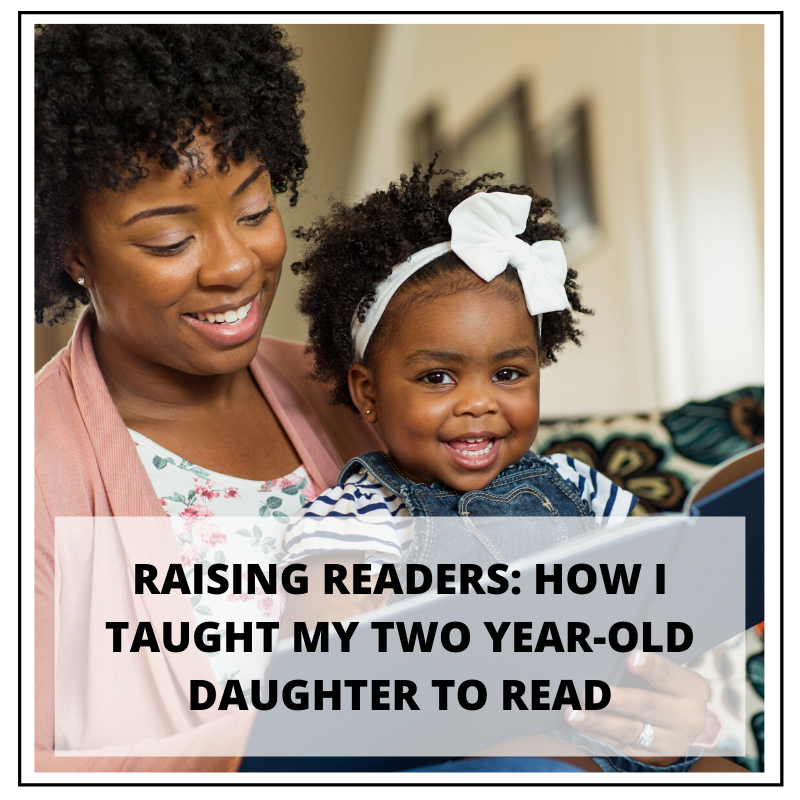Back in November 2015, I introduced you to author Sophie Helenek when I featured her as the literacy expert for the month. In addition to being an award-winning author, Sophie is an elite athlete, former banker, Everest summiteer, runway model, and mother. Also, her daughter happens to go to the same preschool as my son – how cool is that?
Sophie recently wrote an entire series of children’s board books called My First Book. There are several books in the series including: My First Book Sky Wonders, My First Book Fruits, My First Book Musical Instruments, My First Book Shapes, My First Book Christmas (Kindle edition) and My First Book Pets (Kindle edition).
Summary
Each book in the My First Book series is designed to stimulate and captivate baby from birth to toddlerhood, while fueling inspiration and knowledge of your bundle of joy surroundings.
These board books have received top accolades honoring excellence in family-friendly products, and prestigious awards for its innovation, attention to quality, and educational properties which seals only the very best in reading excellence.
Background
At birth, babies are very nearsighted; that is why they are interested in bold black and white shapes and high contrast patterns. Eager to learn more, Sophie read a bunch of studies on speech development, child temperament, and babies’ milestones. Gathering all this information, she developed and designed My First Books series from a baby’s perspective. She wanted to write an engaging book that promotes bonding and supports an infant’s developmental growth milestones: vision, memory, speech, and social skills.
They are not just picture books or bedtime stories, but rather activity books conceived to stimulate a baby’s senses.
Here how it works:
- At first, a baby will enjoy simple illustrations with black-and-white and high-contrast patterns designed especially for the very young to focus on.
- As babies gets older, their brains learn to distinguish bright primary colors and will start identifying the illustrations with the words you read, which triggers their memory process.
- Each picture is accompanied by a simple word that babies will love repeating and which helps their speech development.
- The last pages show all the illustrations together, which also helps the baby’s memory process.
- My First Book series offers a special feature for toddlers, as they can write on the book with a white board pen, wipe it, and write again!
Reflection
The first thing that surprised me about these books is the way both of my kids gravitated towards them. The first night we read them the kids eagerly wanted to read them again and again…no exaggeration. Perhaps they are attracted to the bright and bold colors of the illustrations or the simplicity of books, I’m not sure. Whatever it is, they like them and so do I.
My children are slowly outgrowing board books as they’re getting older, but I think these books are perfect for babies and toddlers alike. Of course for the youngest readers, you won’t have to worry about these books being slobbered upon, crinkled up, ripped, or worse. These board books provide a sturdy option for the smallest of the small while still offering the opportunity to expose your child to good books.
My three-year old daughter can read all of the words and name the objects in each book without any assistance from me. My son can name the colors, identify the shapes, name the fruits and instruments, but he’s not at the reading stage yet.
I also enjoy using these books for both letter recognition and counting with the kids too. In addition, I like to incorporate theme-related songs like “Apples and Bananas” (when we’re reading the My First Book Fruits book) and activities to expand on the topic of each book. As an added bonus, toddlers and preschoolers can even use a dry erase marker on these books and then wipe them clean when they’re ready to practice handwriting.
If you have an infant or know someone who will be giving birth to a baby in the coming months, I’d highly recommend this children’s book series to help with those important developmental growth milestones.
To learn more about author Sophie Helenek connect with her on social media:
Website: www.nurserybooks.net
Facebook: https://www.facebook.com/nurserybooks
Twitter: @nurserybooks
Your turn: Have you read any of the books in this series with your little readers? Do you still read board books with your children? Feel free to share in the comments.





